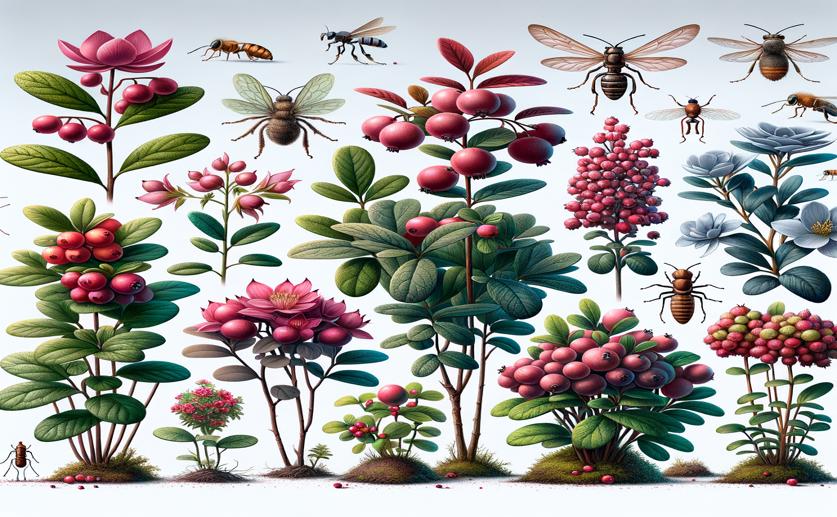
Cranberry Plant Variations and Their Resistance to Multiple Insect Pests
Greg Howard
20th July, 2024

Image Source: Natural Science News, 2024
Key Findings
- The study by the University of São Paulo examined 12 cranberry genotypes and their resistance to three leaf-chewing herbivores
- Larval performance of spotted fireworm and spongy moth varied across genotypes, with better performance on modern hybrids
- Higher total phenolics in wild cranberry genotypes correlated with increased resistance to spotted fireworm and spongy moth
AgricultureGeneticsPlant Science
References
Main Study
1) Genotypic Variation and Potential Mechanisms of Resistance against Multiple Insect Herbivores in Cranberries.
Published 19th July, 2024
https://doi.org/10.1007/s10886-024-01522-w
Related Studies
2) Ecological genetics of an induced plant defense against herbivores: additive genetic variance and costs of phenotypic plasticity.
Journal: Evolution; international journal of organic evolution, Issue: Vol 56, Issue 11, Nov 2002
3) Specialist versus generalist insect herbivores and plant defense.
4) Agriculture sows pests: how crop domestication, host shifts, and agricultural intensification can create insect pests from herbivores.
5) Massive yet grossly underestimated global costs of invasive insects.



 16th July, 2024 | Jenn Hoskins
16th July, 2024 | Jenn Hoskins